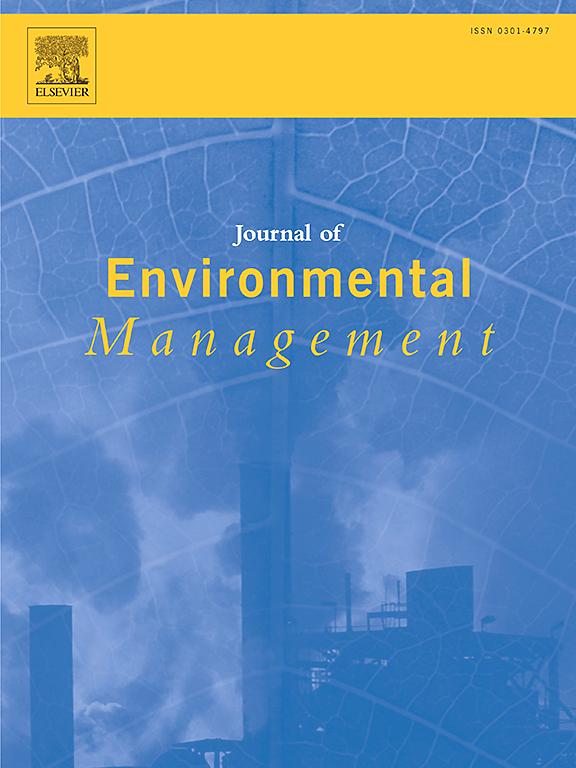Impact of particle-attached microbial denitrification on N2O production in an agricultural-urban watershed
IF 8
2区 环境科学与生态学
Q1 ENVIRONMENTAL SCIENCES
引用次数: 0
Abstract
Anthropogenically influenced rivers are key hotspots for nitrous oxide (N2O) emissions. However, the seasonal and spatial heterogeneity of N2O emissions in subtropical riverine systems, particularly the role of particle-attached microbes (PAM) in regulating N2O production, remains poorly understood, contributing to uncertainties in global N2O estimates. This study investigates the potential impacts of PAM-driven nitrogen transformations on N2O production in the Dongjiang River under agricultural and urban influences. Water samples collected during the wet and dry seasons were analyzed for N2O concentrations, dual nitrogen-oxygen isotopes (δ15N-NO3−, δ18O-NO3−), and metagenomic sequencing of PAM. All samples exhibited N2O supersaturation, with emissions significantly higher in the dry season than in the wet season. A linearly positive δ15N–δ18O correlation, accompanied by lower NO3− in the bottom layers than the surface layers in the dry season indicates active denitrification, leading to elevated N2O concentrations. PAM-driven denitrification was identified as the dominant nitrogen transformation process, supported by higher abundances of denitrification genes (nirKS, norBC, nosZ) relative to nitrification genes (amoABC). Despite aerobic water column conditions, low-oxygen microhabitats around suspended particles facilitated N2O production. A significantly positive correlation (p < 0.05, R2 = 0.42) between N2O concentrations and the nirK/nosZ gene ratio suggests that gene expression imbalances contributed to net N2O accumulation. Additionally, the downstream urban area exhibited lower DO and higher DOC levels, enhancing denitrification and increasing N2O production by 4.7 % compared to the upstream agricultural region. Seasonal differences further influenced N2O dynamics: higher DOC/NO3− ratios in the dry season promoted heterotrophic denitrification, while elevated temperatures in the wet season favored complete denitrification, reducing N2O emissions. These findings provide critical insights into PAM-driven nitrogen cycling, informing strategies for mitigating N2O emissions and managing nitrogen pollution in subtropical riverine systems.

求助全文
约1分钟内获得全文
求助全文
来源期刊

Journal of Environmental Management
环境科学-环境科学
CiteScore
13.70
自引率
5.70%
发文量
2477
审稿时长
84 days
期刊介绍:
The Journal of Environmental Management is a journal for the publication of peer reviewed, original research for all aspects of management and the managed use of the environment, both natural and man-made.Critical review articles are also welcome; submission of these is strongly encouraged.
 求助内容:
求助内容: 应助结果提醒方式:
应助结果提醒方式:


